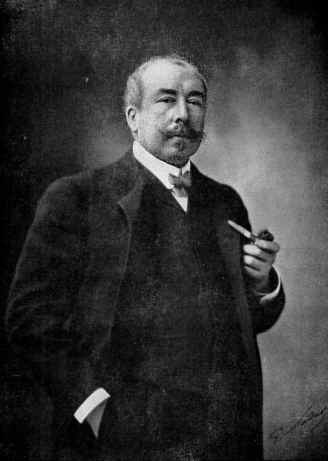Constant Puyo, born in France on August 10, 1857, was a pioneering photographer who made significant contributions to the art of photography in the late nineteenth and early twentieth century. He was instrumental in the growth of Pictorialism, an artistic movement that aspired to raise photography to the realm of fine art through creative techniques and an emphasis on aesthetic expression.
Puyo began his artistic career as a painter, where he studied under great artists such as William-Adolphe Bouguereau and Tony Robert-Fleury. His exploration of photography, however, was what truly released his creative potential. Puyo joined the Photo-Club de Paris in the 1890s and began experimenting with the Pictorialist style, which aspired to move photography beyond basic documentation and into a medium for artistic expression.
Puyo's images had a dreamlike aspect to them, with soft focus and diffused lighting. To produce a painterly impression in his photos, he used a variety of processes, including gum bichromate printing. His pictures, in particular, were admired for capturing the inner essence of his subjects, showing their emotions and personalities.
Puyo's work in the invention of autochrome photography was one of his noteworthy contributions to the Pictorialist movement. He investigated the possibilities of color photography with the Lumière brothers at a period when the medium was largely black and white. His mastery of color and ability to create ethereal, atmospheric images distinguishes him as a top figure in the area.
Puyo's themes frequently centred around beauty, femininity, and the natural world. He used female models frequently, photographing them in poetic settings filled with flowers, textiles, and delicate objects. His images radiated nostalgia and romanticism, closely fitting with the ideas of the Art Nouveau movement.
Puyo exhibited frequently throughout his career and received acclaim for his contributions to the art world. His images have been shown at prestigious exhibitions such as the Salon de la Société Française de Photographie and the Exposition Universelle in Paris. Puyo's photographs have also appeared in prestigious journals such as Camera Notes and Photo-Gazette.
Puyo's influence also expanded beyond his personal photographic practice. He taught and mentored prospective photographers, passing on his knowledge and techniques to the next generation. He co-founded the Pictorial Photographic Society of France in 1909, cementing his status as a pivotal participant in the Pictorialist movement.
Constant Puyo's legacy as a pioneer of Pictorialist photography goes on, reminding us of the power of artistic expression in the field of photography. His ability to capture the fleeting and provoke emotions through his photos continues to inspire photographers and artists all around the world.
